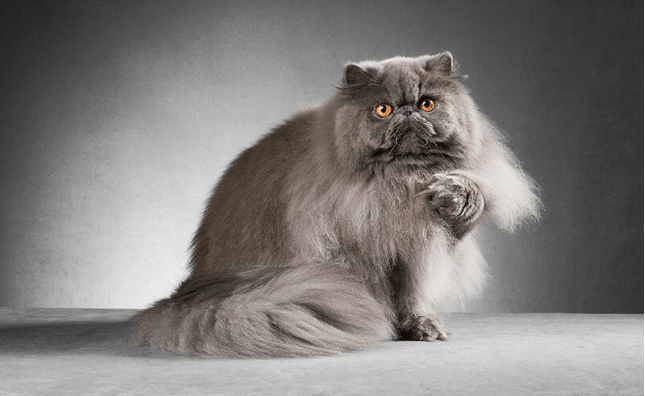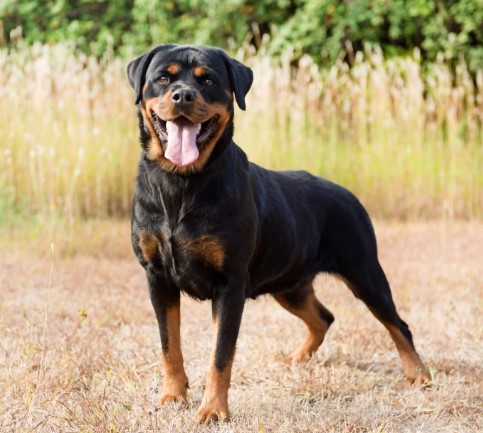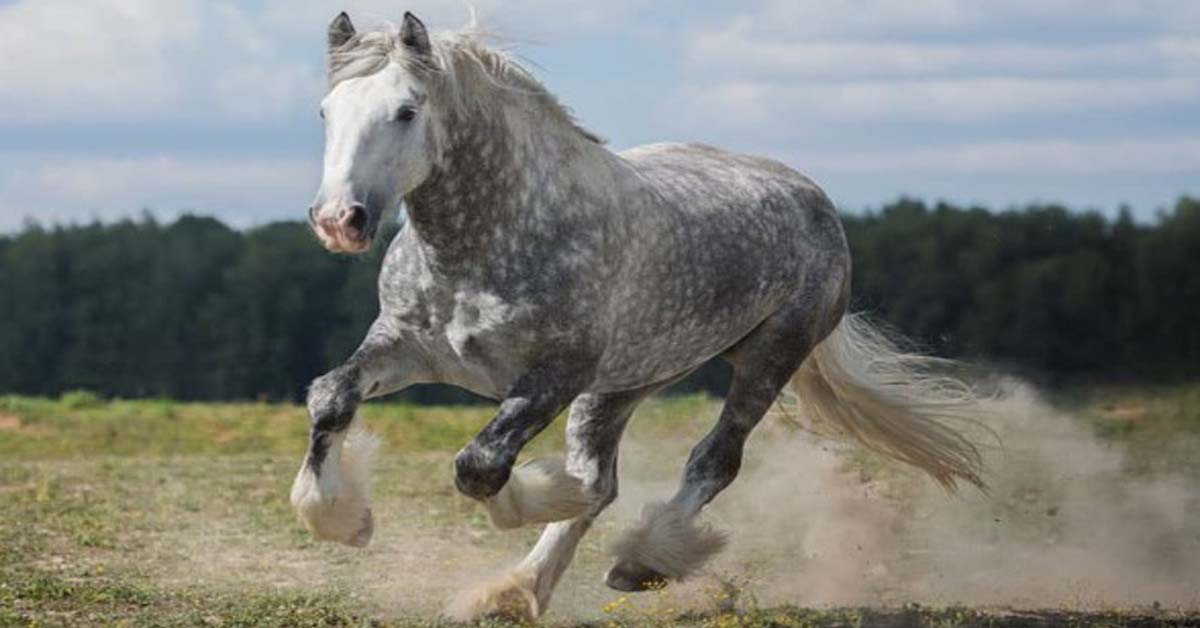The Persian cat stands as the reigning monarch among pedigree cats, not only in North America but worldwide. Its roots date back to a time when elegance and sophistication were held in high regard. In this article, we’ll delve into the intriguing history of this regal breed, explore its distinctive show and traditional varieties, and uncover the delightful facets of its temperament and care.
A Glimpse into the Past
The history of the Persian cat is shrouded in the mists of antiquity, with traces of its existence dating back to the 1600s. While the exact origins remain a subject of debate, it’s widely believed that these magnificent felines hail from Mesopotamia, known today as Iran. European explorers of the 17th century are credited with bringing these enchanting cats from Persia, thus initiating their journey across the globe.
Through the ages, Persian cats have graced the courts of royalty, captivating figures such as Queen Victoria and Florence Nightingale. They’ve even made cameo appearances on the silver screen, notably as the cherished companion of James Bond’s arch-nemesis, Blofeld, and as the unforgettable Mr. Bigglesworth in Austin Powers films, albeit portrayed by a Sphynx cat in later scenes.
Show vs. Traditional: A Tale of Two Persians
Persian cats come in two distinctive variations: the Show Persian and the Traditional Persian, affectionately known as the “doll face.”
Show Persian: These cats possess an array of extreme features that set them apart. They flaunt a short, flat nose, prominent round eyes, a robust, compact body with sturdy legs, and a luxuriant, flowing tail. Their appearance is the epitome of feline elegance.
Traditional Persian (Doll Face): In contrast, the Traditional Persian exudes a more natural charm. They boast a regular-length nose, which imparts a melodious expression to their countenance. While they lack the extreme features of their show counterparts, they exude a timeless beauty.
Both varieties share the hallmark of long, luxurious fur that comes in an array of colors and patterns, and they’re united by a strong, endearing personality.
Temperament and Charisma
Persian cats are renowned for their gentle and composed disposition. They thrive in serene environments and bond deeply with individuals who treat them kindly. Unlike their more active feline counterparts, Persians prefer lounging in regal repose on a soft couch rather than scaling bookshelves or mantels.
These feline aristocrats interact gracefully with children, as long as they are approached with gentleness and respect. They might even grace a little girl’s tea party and playfully bat at a peacock feather, all while maintaining their dignified charm.
While the Persian may greet you with a soft meow, they often convey their emotions through expressive eyes and a sweet, melodious voice. They possess a peaceful yet fearless personality, combining grace with an endearing touch of quirkiness. They’re neither wanderers nor climbers but rather dignified observers of their kingdom, occasionally indulging in play with a cherished feather toy.
pets info
A Royal Heritage in Every Coat
Persian cats are medium-sized, typically weighing between seven and twelve pounds, with a height ranging from ten to fifteen inches. Their regal features include a rounded head, small, rounded ears, and large, expressive eyes. Their charming, flat, and rounded faces with plump cheeks characterize them, though Traditional Persians maintain a more classic facial profile.
One of their most defining characteristics is their sumptuous, long, and silky coat, a tactile delight. This luxurious fur comes in a rich tapestry of colors, including white, blue, black, red, cream, chocolate, and lilac, as well as various patterns. The color of their eyes harmonizes with their coat hue.
Caring for Your Persian Companion
Owning a Persian cat entails a commitment to daily grooming. Their opulent coat requires tender care to remain lustrous and free from tangles. Brushing and combing should become a routine, ideally every day. Regular bathing, typically once a month, helps maintain their pristine appearance.
Due to their distinctive facial structure, Persians are prone to excessive tearing, which can lead to unsightly staining. To prevent this, daily cleansing of the eye corners with a soft cloth or cotton ball is essential.
Regular veterinary check-ups are crucial for early detection of any health issues. Dental hygiene is another important aspect of their care, as dental problems can lead to severe complications.
Incorporating interactive toys into their routine can encourage activity and prevent boredom. A dash of catnip or catnip-filled toys can work wonders for these typically laid-back felines.
The Perfect Diet for Your Persian Cat
Choosing the right cat food is vital for your Persian’s health and well-being. Look for options that are easy to eat and support hydration. They should contain essential nutrients to support growth and development, especially during their early years.
Combining dry and wet cat food is a wise choice, as it accommodates their unique facial structure. Dry kibbles like Purina ONE Hairball Formula or Pro Plan Specialized Hairball Management Chicken & Rice Formula complement well with wet options like Pro Plan Technical Inner Salmon & Rice Formula.
Readmor Information on wikipedia
White Persian Cat

White Persian cats are among the most iconic and elegant of all Persian cat varieties. These felines are renowned for their pristine, all-white fur and captivating blue or copper-colored eyes. Here’s more information about these stunning cats:
Physical Characteristics Of White Persian Cat:
Coat: White Persians have a long, silky, and pure white coat that requires regular grooming to keep it clean and free from mats. Their fur can be prone to staining, especially around the eyes, so diligent care is essential.
Eyes: White Persians typically have striking blue eyes, although some may have copper or gold eyes. The combination of their snowy fur and vibrant eye color adds to their beauty.
Face: They share the classic Persian facial features, characterized by a flat, round face with a short nose and plump cheeks.
Body: These cats have a compact and sturdy body with short, muscular legs and a full, flowing tail.
Black Persian Cat

Black Persian cats are elegant and striking feline companions known for their luxurious, all-black fur and distinctive appearance. Here’s more information about these beautiful cats:
Physical Characteristics Of Black Persian Cat:
Coat: Black Persian cats have a long, flowing, and completely black coat. The fur is often very soft and silky, making it a joy to pet and cuddle.
Eyes: Most black Persians have large, expressive eyes that are typically copper, gold, or yellow in color. The contrast between their dark fur and bright eyes enhances their captivating look.
Face: They share the classic Persian facial features, characterized by a flat, round face with a short nose and plump cheeks.
Body: Black Persians have a compact and muscular body with short, sturdy legs and a bushy tail that complements their overall appearance.
A Treasured Companion
In conclusion, Persian cats are a testament to timeless beauty and grace. Their rich history, unique characteristics, and gentle temperament make them cherished companions in many households. By providing them with the care, attention, and love they deserve, you can ensure that your Persian cat thrives as the regal monarch they were born to be.
Persian Cat Price
The cost of a Persian cat can fluctuate significantly based on factors like pedigree, color, age, and the reputation of the breeder. Generally, Persian cats with pedigrees of show quality from reputable breeders tend to command higher prices compared to those without pedigrees or from lesser-known breeders.
Typically, the price range for a Persian cat is between $500 to $5,000 or more. Cats with desirable traits, such as specific coat colors or patterns, and those with championship bloodlines may have higher price tags.
It’s crucial to recognize that the acquisition cost is just the beginning, with ongoing expenses including veterinary care, grooming, food, and other supplies. Opting to adopt from a shelter or rescue can often result in lower costs than purchasing from a breeder.
Always exercise caution and choose a reputable breeder or adoption agency that prioritizes the health and well-being of the cats. If you’re contemplating bringing a Persian cat into your home, be ready to dedicate time and effort to meet their grooming needs, given their long, luxurious coats that demand regular care.
Short Hair Persian Cat
Persian cats are renowned for their gorgeous, flowing coats that enhance their stunning appearance but often come with the challenges of substantial shedding, hairballs, and a demanding daily grooming routine.
The Exotic Shorthair cat, also known as the short-haired Persian, embodies the lovable characteristics of traditional Persians without the need for an intensive care regimen.
Untamed delves into the physical and psychological traits, hereditary conditions, and grooming needs of this breed. We also provide guidance on maintaining the health and longevity of your short-haired Persian through a proper diet.
The Origin of the Exotic Shorthair:
The Exotic Shorthair cat emerged unintentionally in the 1950s when American Shorthair breeders aimed to blend them with Persians to create a feline resembling an American Shorthair but with the silver color and green eyes characteristic of Persians. Although the initial plan failed, it resulted in an attractive cat sharing all Persian traits, except for the long coat. Crossbreeding also involved Burmese and Russian Blue cats.
Recognized as a new breed by the Cat Fanciers’ Association in 1966, Exotic Shorthairs have become the world’s second most popular breed, trailing only the Persian cat.
Given that Persians are frequently used in the outcrossing process for Exotic Shorthairs, these cats may occasionally carry a recessive longhair gene. If two such cats mate, there’s a 25% chance their offspring will inherit the distinctive Persian long coat.
Temperament of the Short-Haired Persian:
Exotic Shorthairs share many psychological traits with Persians—they are equally sweet, gentle, and affectionate. Although not highly motivated learners, they can be trained for tricks like “sit” or “spin” with the aid of clickers and treats.
The key distinctions in their temperaments include:
- Playfulness: Exotics inherit playfulness from American Shorthairs, while Persians typically prefer long naps.
- Activity: Both Persian types are genuine lap cats, but Exotics exhibit a love for playtime, bringing toys, and seeking affection through scratchies.
- Communication: Exotics express themselves more vocally than Persians, using melodious voices to convey affection or irritation.
Exotic male cats are characterized by calmness and increased affection, often quietly following their owners, while females are more independent yet equally affectionate and cuddly.
Physical Characteristics of Exotic Shorthairs
Exotic Shorthairs closely resemble classic Persians in all aspects, with the exception of fur length. Explore the table below for a more detailed overview:
| Feature | Description |
| Head | Large, oval heads featuring a rounded forehead, full cheeks, and a flat face |
| Ears | Small, rounded, and forward-facing |
| Eyes | Large and round, showcasing beautiful colors such as blue, blue-green, and copper |
| Neck | Short and thick |
| Body | Medium to large size, cobby build with a broad chest and shoulders |
| Paws | Round and large, adorned with tufts of hair between the toes |
| Tail | Short, thick, and rounded |
| Coat | Shorter than that of Persians but longer than most other short-haired breeds, dense and fluffy |
| Color | Varied colors, including cream, smoke, tabby, tortoiseshell, lilac, chocolate, and blue |












3 thoughts on “World Best Information About The Persian Cat”